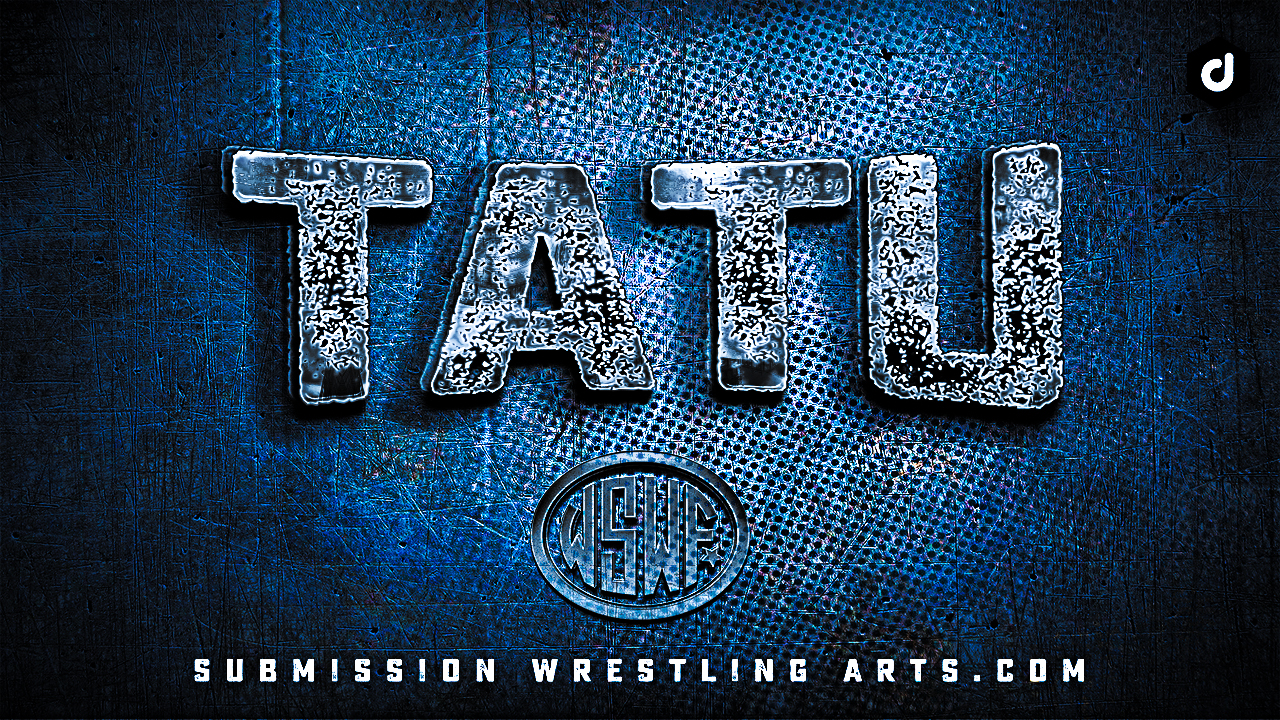Born September 16 1914, Euclydes Hatem was a Brazilian Catch Wrestling Champion, regarded as the father of Brazilian Luta Livre, a No-Gi Submission martial art.
Hatem was popularly known by his nickname “Tatu”, meaning “armadillo”. According to sports historian Elton Silva, Tatu was overweighed as a child, which prompted his brother Eduardo to encourage his involvement in sports. He tried rowing for a while, but it was on the YMCA Brazil where he found his true calling, under the tutelage of Catch As Catch Can Wrestling champion and coach Rufino dos Santos, known for his victory over Carlos Gracie in a historic challenge match.
With dos Santos as coach, the young athlete had on his hands a powerful combination of Raw talent, passion, and world class instruction… A legend had been born… Hatem dominated the Grappling scene of Brazil during the late 30’s and 40’s, improving with every match, imposing his relentless attacking style, and gaining thousands of fans in the process.
Catch Wrestling was labeled by the media as a violent sport, and even though the powerful armadillo was considered one of its most violent practitioners, his main resource was superb technical proficiency.
The Sports World Weekly dated March 14 1947 describes Tatu as a master of strangle holds, with many of his submission finishes coming by way of choke. One of this wins took place during the final match of the Catch Wrestling International Tournament on March 1940 where he faced french champion Charles Ulsemer. Ulsemer refused to tap and went unconscious. Hatem won the tournament and received the coveted Valladares Governor Belt. The referee for this match was Oswaldo Gracie.
Tatu’s resume included wins against Carlos Mesnik, Greek Grappler: Kostolias, and Judoist Takeo Yano, a student and former assistant instructor of Mitsuyo Maeda, and forefather of one of the Non-Gracie Brazilian Jiu Jitsu lineages. Hatem helped Yano prepare for some of his competitions. In this picture shared by Veronica Hatem, daughter of Tatu, we see both grapplers hanging out. Yano, who took an interest in Catch Wrestling, has been credited for the introduction of heel hooks to Brazilian Jiu Jitsu.
Tatu also defeated then Jujitsu national champion George Gracie in 1942.
This is an extract from the Illustrated Sports Journal of Rio de Janeiro dated June 11 1942 that describes this event:
“Porto Alegre had the privilege to witness the match between Tatu and Gracie. According to Gracie’s manager there were several efforts to set this match in the capitals of Rio and Sao Paulo, however, negotiations always failed. That was also the case here, after the match was announced Gracie seemed to want out, so the clash remained only in posters for almost twenty days. Finally, thanks to an outstanding effort by Hedo Michel, the contracts were signed by the athletes and the match finally settled. On the night of this battle a huge crowd showed up. In view of the numerous attendance that packed the inside of the stadium it was necessary to close the gates before the preliminary matches started, so, many people were deprived of attending the biggest pugilistic event in the city. Tatu was the winner of the encounter. After 3 action packed rounds, Tatu proved to be in the most perfect shape stunning Gracie with a double nelson slam to the canvas.”
He dominated George Gracie and ultimately submitted him with a reverse double wrist lock.
Hatem retired from competition riding an undefeated streak that started around the time he hit his prime. A popular anecdote of the time, is that Waldemar Santana, a fighter known for challenging and defeating his former Jujitsu instructor: Helio Gracie in vale tudo fight, showed up to Tatu’s school challenging him to a match. According to Hugo Melo a Judoka and Luta Livre practitioner who witnessed the incident, the veteran, now retired and in his 40s, made quick work of Santana, forcing him to tap with a choke.
Master Tatu enjoyed the rest of his retirement passing on his knowledge to a whole new generation of grapplers, like Fausto Brunozilla and his son Carlos, instrumental in the preservation of one of the most complete no-gi submission grappling systems the world has ever seen… Brazilian Luta Livre.
Don’t forget to check out the new Brazilian Luta Livre T-Shirt from Gotch Fightwear.

